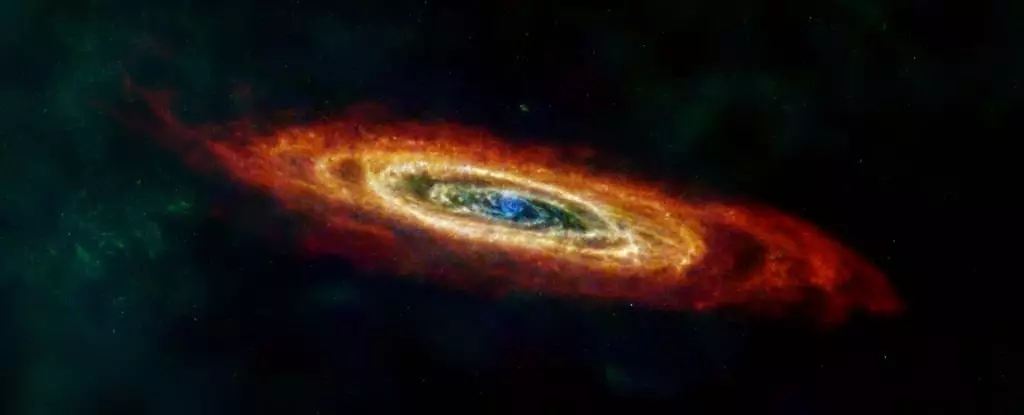Massive stars, those that are at least eight times the mass of our Sun, have an explosive end awaiting them at the conclusion of their lifecycles. Typically, these celestial giants culminate in spectacular supernova explosions, which are powerful enough to outshine their host galaxies for periods of time. The core of a massive star is a complex balance of forces—namely, the outward pressure produced by nuclear fusion and the inward pull exerted by its own gravity. As a massive star exhausts its hydrogen fuel during the later stages of its life, the balance tips. The waning fusion reactions can no longer withstand the tremendous gravitational forces, leading to a catastrophic collapse that results in a supernova. Generally, this violent termination leaves either a black hole or a neutron star in its wake.
Yet, recent findings have brought to light an intriguing phenomenon: some massive stars may bypass the expected supernova explosion entirely, transitioning instead directly into black holes. Such occurrences challenge long-standing astrophysical models, suggesting that our understanding of stellar deaths may require significant revision.
New research has focused on a specific massive star, designated M31-2014-DS1, located in the Andromeda galaxy (M31). Unlike traditional supernova events, this star’s end appeared to defy expectations. Observations indicated that M31-2014-DS1 demonstrated a consistent increase in brightness in mid-infrared wavelengths throughout 2014. This stability lasted for an impressive thousand days, followed by a notable fade over the subsequent two years. By 2023, in-depth optical imaging revealed that this star had vanished from sight entirely.
The lead researcher of this study, Kishalay De, a postdoctoral scholar at the Kavli Institute for Astrophysics and Space Research, noted that the stellar mass at birth was approximately 20 solar masses, but it had dwindled to around 6.7 solar masses before its demise. While the observations indicated that M31-2014-DS1 was encircled by a recently expelled dust shell—often associated with the aftermath of supernovae—there was a conspicuous absence of the luminous outburst typically expected from such a violent explosion.
The research sheds light on what could be termed “failed supernovae.” These events occur under circumstances where the processes within a massive star don’t culminate in the expected explosion. The demise of M31-2014-DS1 underscores the complexity of stellar evolution. It raises questions about the physics of massive star cores, particularly the mechanisms involved in the collapse phase.
Supernovae are often driven by processes like neutronization, where extreme core densities can force electrons and protons to merge, forming neutrons and neutrinos. This reaction results in immense neutrino emissions that extract energy from the star’s core, creating a shockwave. Generally, this gravitational shock wave presses outward with substantial energy that can win against the forces trying to pull material inward. However, in the case of M31-2014-DS1, the neutrino shock surprisingly failed to regenerate its explosive nature, leaving the star susceptible to gravitational collapse into a black hole.
M31-2014-DS1 adds to the growing list of candidate stars that may have avoided an explosive farewell, joining the ranks of N6946-BH1, another observed candidate in the Fireworks Galaxy. The patterns emerging from these observations indicate that as much as 20% to 30% of massive stars might end their lives without the dramatic finale of a supernova explosion. This revelation has profound implications for astrophysical models, suggesting that the lifecycle of stars is more varied than previously understood and raising further questions about the fates of massive stars.
Astrophysicists are drawn to study these stars not only to understand their formation and demise but also because of their integral role in galactic chemistry and the creation of heavy elements. The shockwaves emitted by supernovae are known to catalyze subsequent star formation and disperse elements necessary for future stellar life cycles. Thus, comprehending the mechanics behind these ‘failed’ events becomes essential for piecing together the larger cosmic puzzle.
Ultimately, the discovery of M31-2014-DS1 serves as a solemn reminder of how little we may know about the universe. Every new observation adds nuance to our understanding and emphasizes the complexities that govern stellar behavior. The mysteries of cosmic evolution remain deep and enigmatic, inviting continuous exploration and research into the lifecycles of massive stars.

